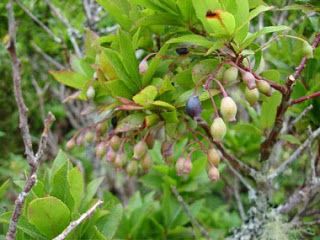
A a Philippine medicinal plant used to treat kidney disorders, colds, fever, rheumatism, hypertension and other ailments. As a diuretic, it helps in the excretion of urinary stones. A decoction of leaves is taken internally for treatment. It can also be used as an edema. English name: Blumea Camphora.
Properties
Considered anthelmintic, antidiarrheal, antigastralgic, antispasmodic, astringent, carminative, emmenagogue, expectorant, stomachic, and vulnerary.
Parts utilized
Leaves (fresh or dried) and young roots before flowering.
Mature, healthy, fully expanded leaves are harvested while senescent leaves are discarded. Air-dry until they crumble when crushed with the fingers. Store in amber colored bottles in a cool, dry place.
Uses
Leaves as poultice for abscesses.
- Decoction of roots and leaves for fevers, kidney stones, and cystitis.
- Decoction of leaves used to induced diuresis for purpose of treating kidney stones.
- Sitz-bath of boiled leaves, 500 gms to a gallong of water, for rheumatic pains of waist and back.
- Used in upper and lower respiratory tract affections like sinusitis, asthmatic bronchitis, influenza.
- Applied while hot over the sinuses. Used for wounds and cuts.
Fresh juice of leaves to wounds and cuts.
- Poultice of leaves applied to the forehead for relief of headaches.
- Tea is used for colds and as an expectorant; likewise, has antispasmodic and antidiarrheal benefits.
Postpartum baths.
- In Vietnam, decoction of fresh leaves used for cough and influenza or as inhalation of vapour from boiling of leaves.
- In Thailand, dried leaves are chopped, made into cigarettes and smoked for treating sinusitis.
- For fever, leaves boiled and when lukewarm used as sponge bath.
- Decoction of roots used for fever.
- Decoction of leaves, 50 gms to a pint of boiling water, 4 glasses daily, for stomach pains.
- In SE Asia widely used for various women problems. Postpartum, leaves are used in hot fomentation over the uterus to induce rapid involution. Also used for menorrhagia, dysmenorrhea, functional uterine bleeding and leucorrhea.
- Roots used for menorrhage.
- Decoction of roots and leaves used for rheumatism and arthritis; also used for treatment of post-partum joint pains.
- Poultice of fresh leaves applied to affected joint.
- In Chinese and Thai medicine, leaves used for treatment of septic wounds and other infections.
- A sitz-bath of boiled leaves used in the treatment of lumbago and sciatica.
As a diuretic and for dissolution of renal stones.
- As a diuretic in hypertension and fluid retention. Also used for dissolution of kidney stones. Some clinical studies, including double blind/placebo randomized studies, have shown encouraging results for Sambong to be both safe and effective in the treatment of kidney stones and hypertension. The National Kidney and Transplant Institute has promoted the use of this herbal medicine for many renal patients to avert or delay the need for dialysis or organ transplantation.
- Being promoted by the Department of Health (DOH) as a diuretic and for dissolution of renal stones. One of a few herbs recently registered with the Bureau of Foods and Drugs as medicines.
Other benefits
Possible benefits in use patients with elevated cholesterol and as an analgesic for postoperative dental pain.
No comments:
Post a Comment